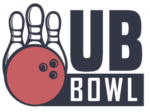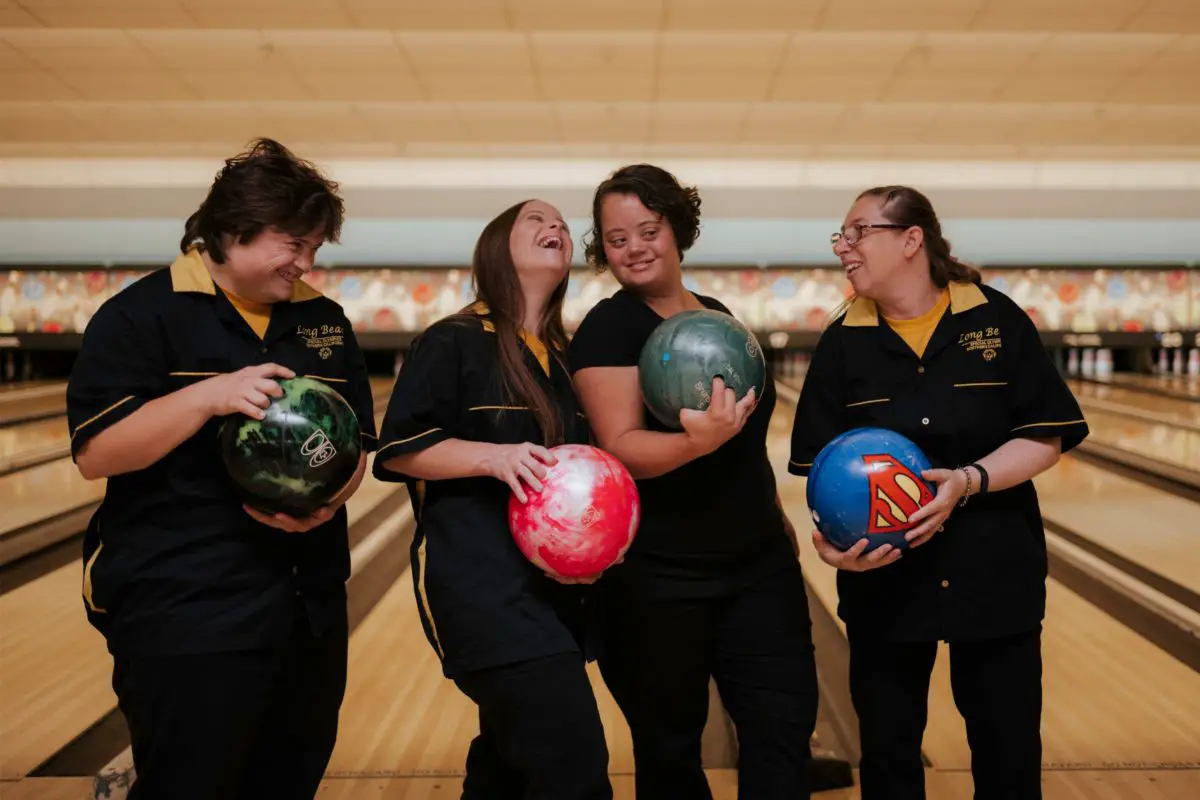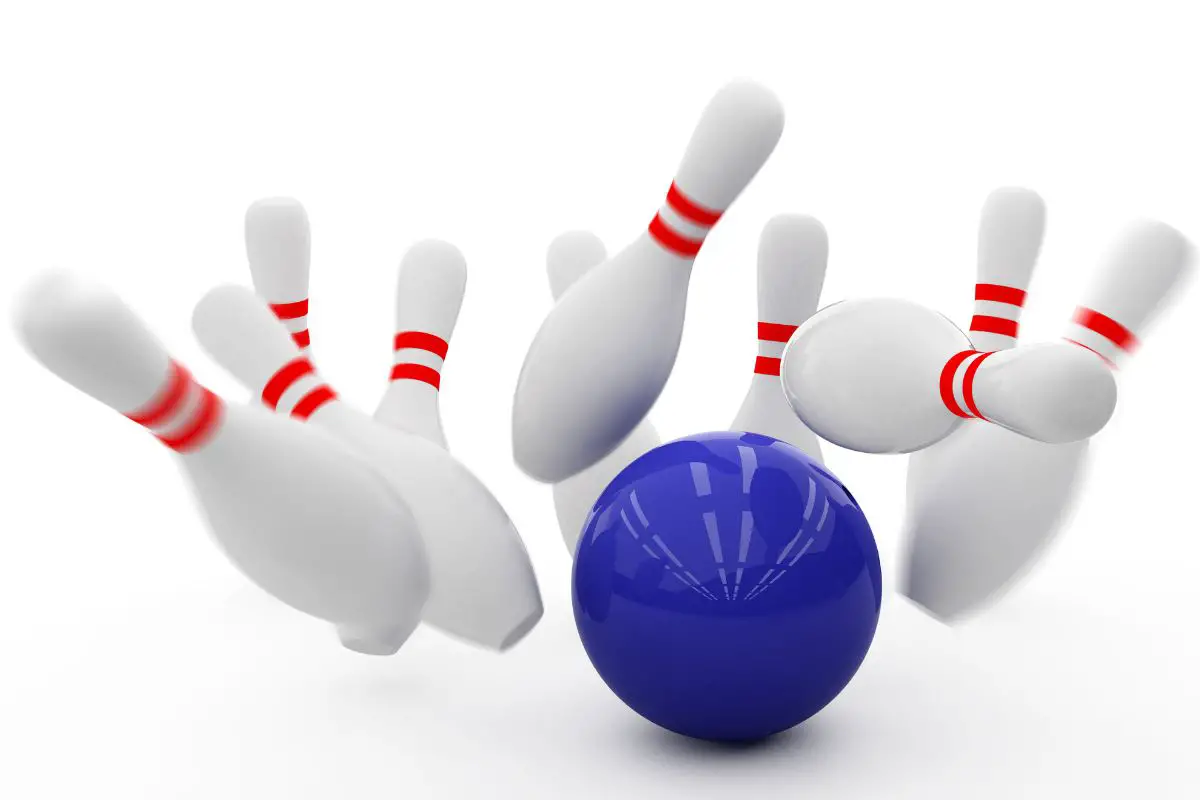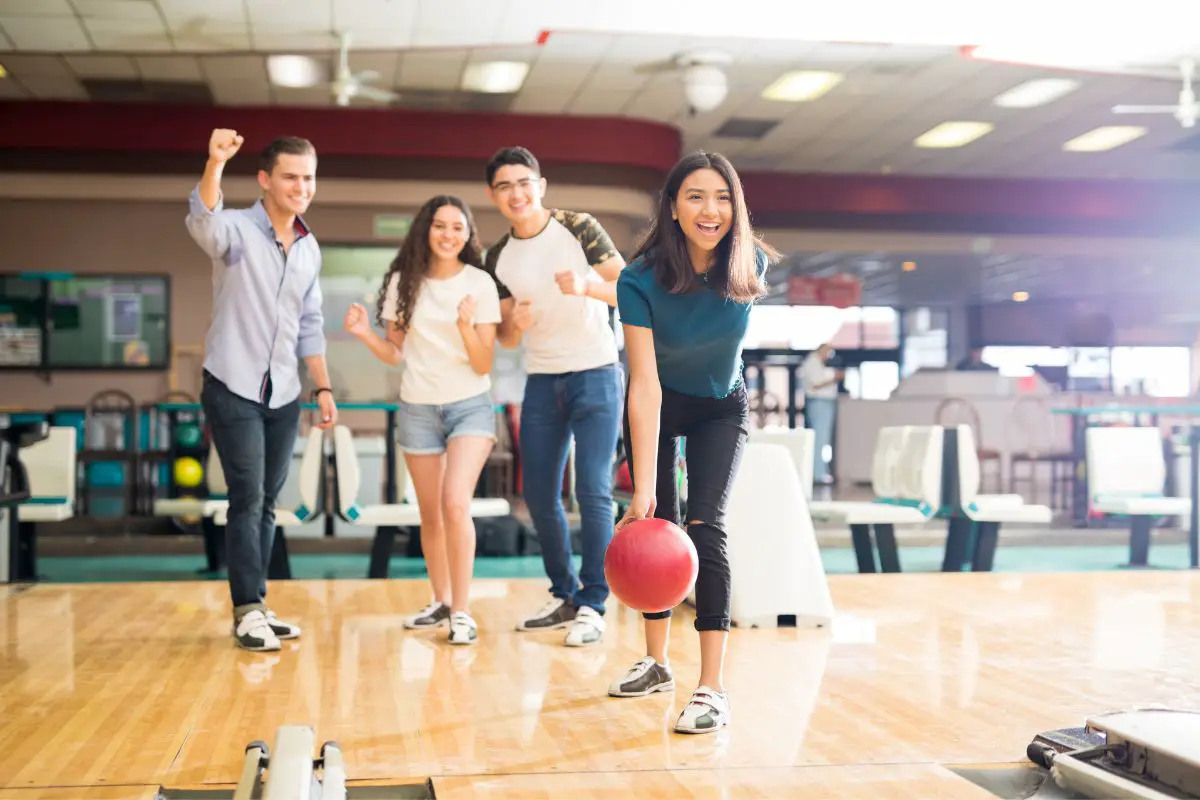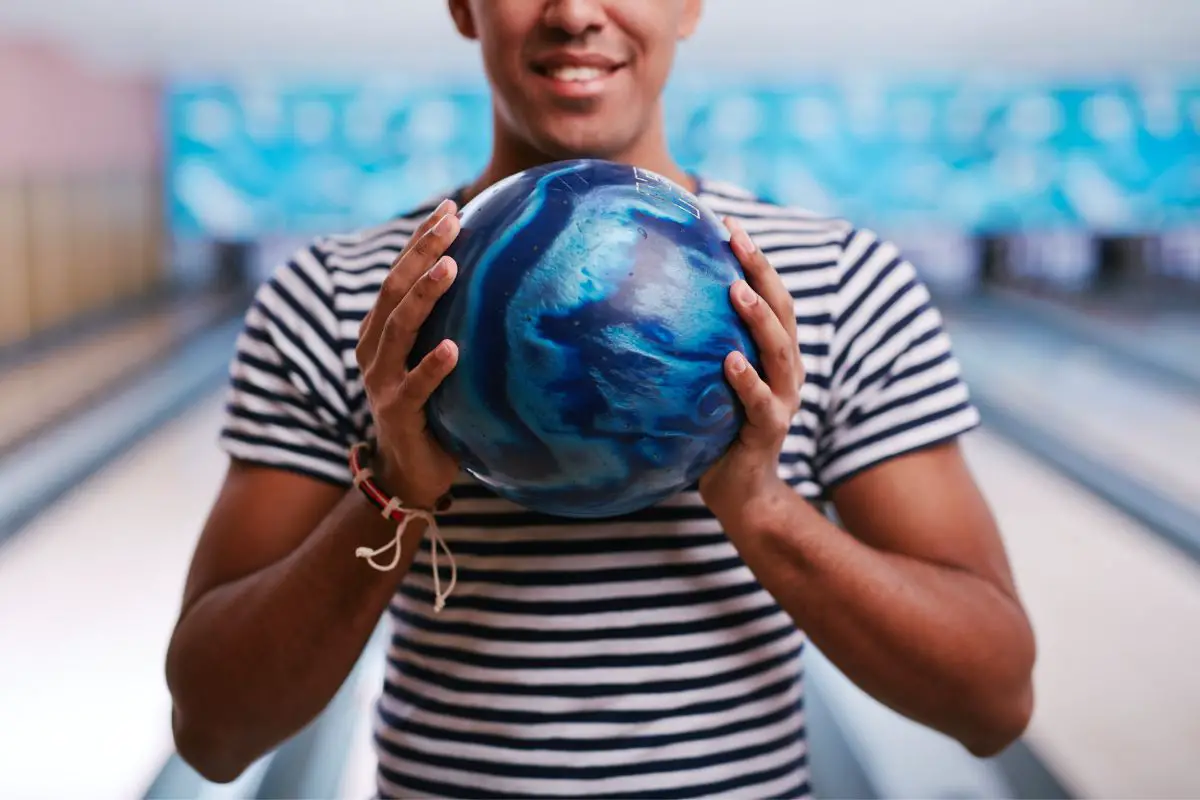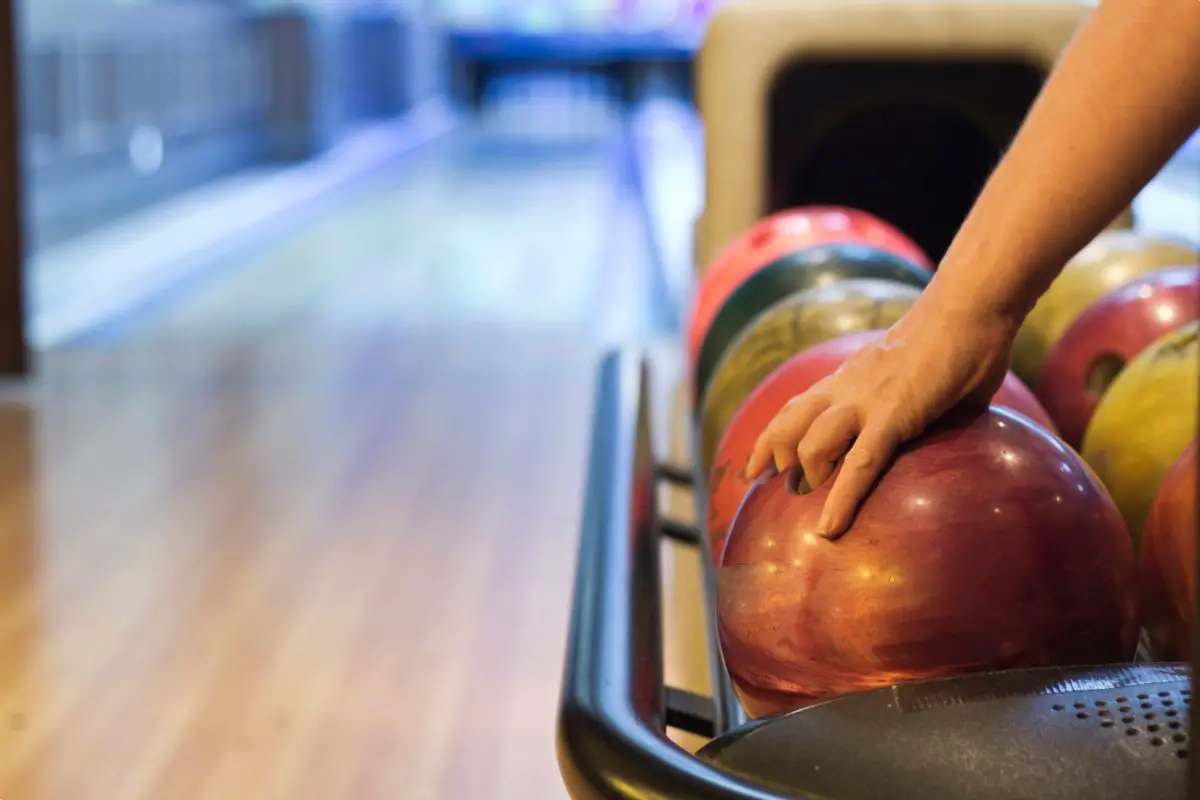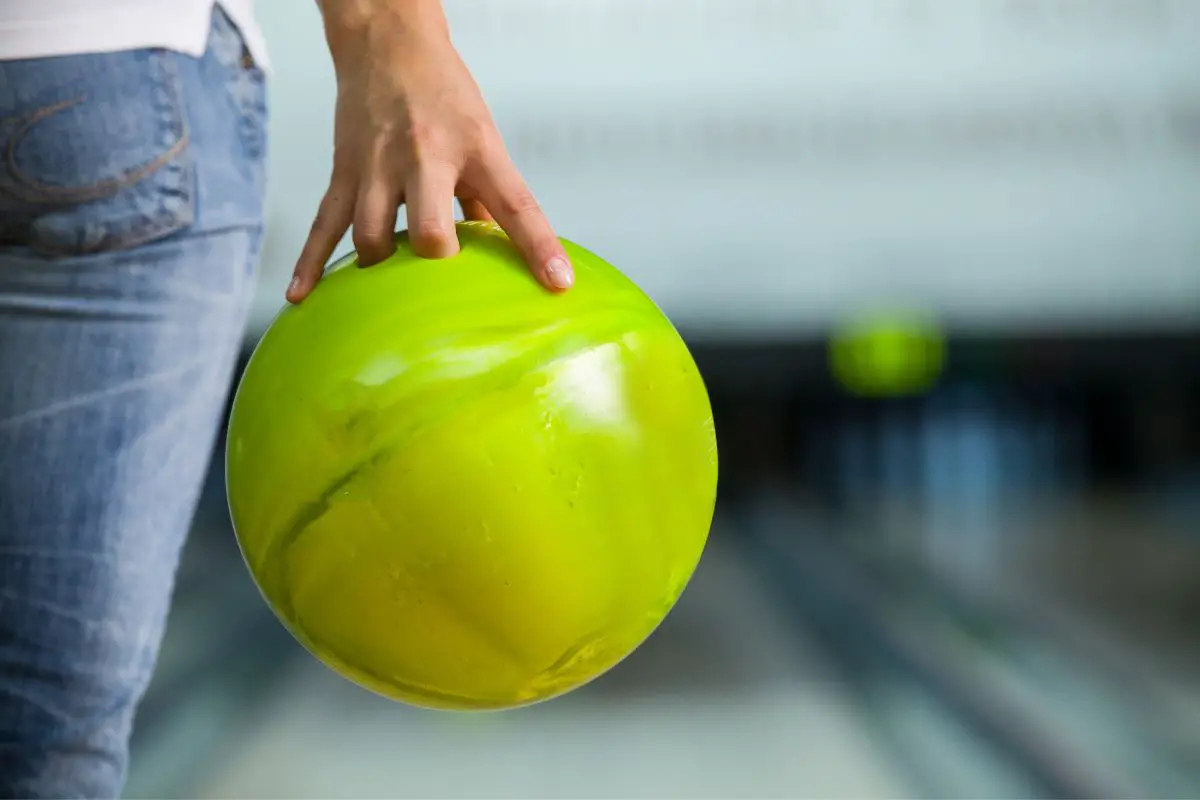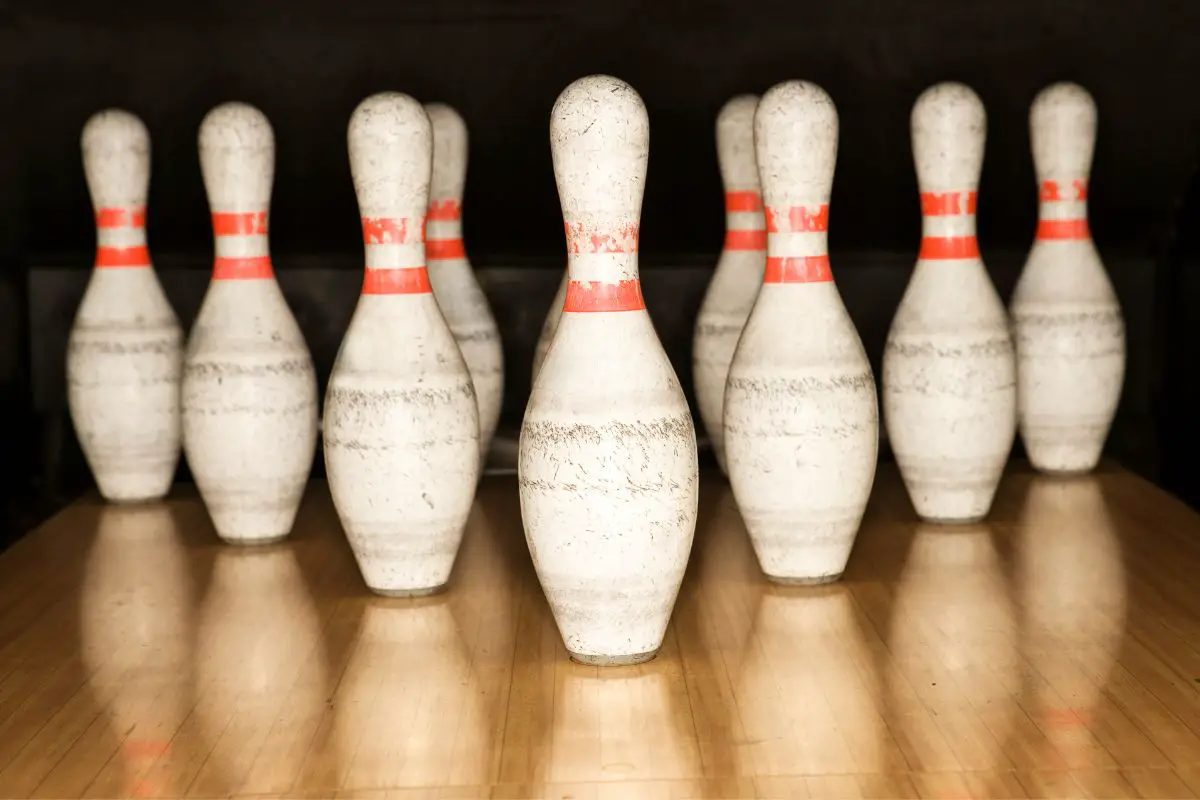When it comes to bowling, having the right pair of shoes can significantly impact your performance on the lanes.
Bowling shoes are not like your typical footwear; they are specifically designed to improve your game while safeguarding the bowling lane’s delicate surface.
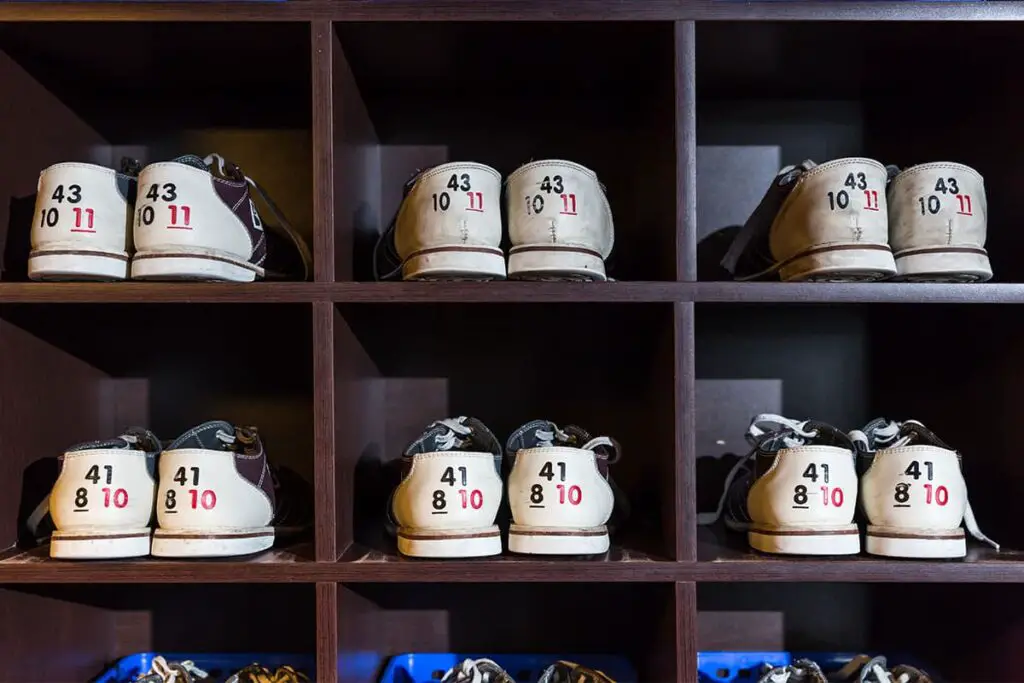
In this guide, we will delve into everything you need to know about bowling shoes – from their importance as an essential part of your bowling equipment to how to select the ideal pair that matches your style and skill level.
We will discuss types of bowling shoes, their pricing, sizing options, and why they feature unique rubber soles.
Whether you’re a seasoned pro or just starting in this sport, this guide will give you the confidence to step onto the lanes easily.
Do You Need Special Shoes For Bowling?
Yes, when it comes to bowling, you typically need special shoes. Bowling shoes are specifically designed footwear made for the sport of bowling.
They have functions that are important for both performance and protecting the lane.
These shoes usually have a sliding sole on one foot and a non-sliding sole on the other foot to help with controlled movement during the bowling approach.
They are crafted from materials like leather or synthetic materials so as not to cause any damage to the bowling lane.
Bowling shoes come in styles ranging from standard rental options to more advanced models for experienced bowlers.
It is crucial to wear bowling shoes as they play a significant role in maintaining proper footing, balance, and accuracy while preventing any harm to the lane’s surface.
Investing in customized bowling shoes can offer fit and performance advantages for those who regularly bowl.
What Are The Different Types Of Bowling Shoes?
Bowling shoes come in various types to suit different bowlers’ specific needs and preferences.
There are seven categories of bowling shoes: right-handed, left-handed universal, rental, athletic, performance, and adjustable slide.
Right-handed shoes have a smooth sole on the left foot and a gripping sole on the right foot for stability, whereas left-handed shoes have the opposite setup.
Universal shoes are suitable for bowlers regardless of their hand preference.
Rental shoes are basic, cost-effective options that work well for occasional bowlers.
Athletic shoes prioritize comfort and style while often being suitable for all bowlers.
Performance shoes deliver top-notch performance with smooth slide soles and sturdy brakes, some even offering customizable soles.
The choice of bowling shoe depends on factors such as your level of competitiveness, dominant hand, and budget. Selecting the right bowling shoe can significantly improve your game; hence, why it is an essential consideration for all bowlers.
Quick Selection Guide:
| Bowling Shoe Type | Description | Best For | Our Pick |
| Right-Handed | These shoes feature a slick sole on the left shoe and a thick, grippy sole on the right (brake shoe) to provide stability, traction, and control during the approach and release. | Right-handed bowlers | Pyramid Ra Right-Handed Bowling Shoes |
| Left-Handed | Left-handed shoes have the opposite sole configuration of right-handed shoes, with a slick sole on the right foot and a brake sole on the left, designed for left-handed bowlers. | Left-handed bowlers | Dexter Mens Pro Am II Left-Handed Bowling Shoes |
| Universal | Universal shoes lack a dedicated brake sole, featuring two sliding soles, making them suitable for bowlers with varying hand preferences. They are ideal for recreational or beginner bowlers. | Recreational and beginner bowlers | KR Strikeforce Flyer Bowling Shoes |
| Rental | Athletic bowling shoes prioritize comfort and style. They resemble regular athletic shoes, providing better arch support and sizing options. Suitable for bowlers looking for comfort. | Occasional and recreational bowlers | Bowlerstore Classic Rental Bowling Shoes |
| Athletic | Athletic bowling shoes prioritize comfort and style. They often resemble regular athletic shoes, providing better arch support and sizing options. Suitable for bowlers looking for comfort. | Bowlers seeking comfort and style | Brunswick Slingshot Bowling Shoes |
| Performance | Designed for serious bowlers, performance shoes offer superior slide soles and strong brake soles, enhancing performance. They are plain in appearance and prioritize function over style. | Competitive and serious bowlers | Dexter SST 8 Pro Bowling Shoes |
| Adjustable Slide | Athletic bowling shoes prioritize comfort and style. They resemble regular athletic shoes, providing better arch support and sizing options. Suitable for bowlers looking for comfort. | Ultra-competitive and advanced bowlers | 3G Men’s Tour Ultra Bowling Shoes |
How Much Does A Pair Of Bowling Shoes Cost?
The price of bowling shoes can vary depending on various factors such as their type and quality.
When you go to a bowling alley, they usually have shoes available for around $3 to $6 per session. These rental shoes are basic and suitable for bowlers.
If you’re a bowler looking for entry-level athletic-style shoes, you can expect to find them in the price range of approximately $20 to $60.
However, if you’re a bowler who wants high-performance shoes, be prepared to spend at least $60 to $80, with some top-tier models going for $250 or even more.
There are also performance shoes that come with soles for customization purposes, and their prices fall within the same range as standard performance shoes.
On the other hand, if you’re looking for custom-made bowling shoes explicitly tailored to your preferences, they can be pricey and often exceed $200, depending on the level of customization you choose.
When choosing your bowling shoes, it’s essential to consider your commitment to the sport and your budget.
How Do I Know My Bowling Shoe Size?
To determine what size bowling shoes you need, measure both feet since one foot may be slightly bigger.
Go to a shoe store that has a measuring tool called the Brannock Device for accurate sizing.
Another option is to check the size chart provided by the bowling shoe manufacturer, which matches foot measurements with shoe sizes. Make sure you measure your foot length in inches or centimeters and find the shoe size on the chart.
Remember to consider the width of the shoes, as bowling shoes come in different widths like narrow (N), regular (R), wide (W), or extra wide (XW).
It’s also helpful to read reviews and get recommendations from bowlers, as different brands and models might have variations in sizing.
Lastly, try on the bowling shoes to ensure they fit comfortably and securely before purchasing. Having fitting shoes is crucial for your comfort and performance while bowling.
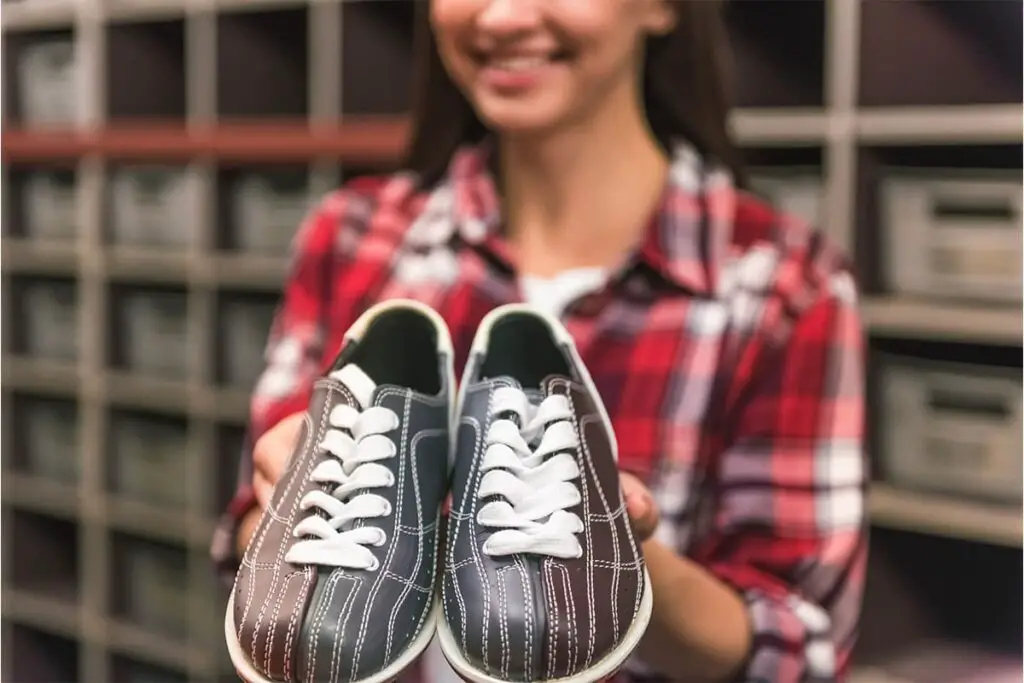
Why Are Bowling Shoes Rubber?
Bowling shoes often come equipped with rubber soles on the foot that don’t slide for several vital reasons.
Firstly, rubber soles provide traction, ensuring bowlers maintain balance and control as they approach the lane. This helps prevent any slips or loss of footing on the lane surface.
Secondly, rubber soles offer stability by providing a base that maintains a consistent and controlled approach. They allow bowlers to firmly plant their sliding foot when releasing the ball.
Additionally, the rubber sole acts as a brake, enabling bowlers to stop their momentum at the foul line without crossing it.
Moreover, compared to other materials, rubber soles are less abrasive and protect the delicate surface of the bowling lane from damage while ensuring smooth ball rolls.
Rubber soles are versatile and suitable for various lane conditions, making them a practical choice for most bowling alleys.
Conversely, the sliding foot typically has a sole that allows controlled sliding during the approach. This combination of rubber and smooth soles optimizes performance and safeguards both bowler and lane alike.
Who Makes The Best Bowling Shoe?
Determining the “best” bowling shoe can be a matter of personal preference and individual needs.
Several well-respected manufacturers offer high-quality options, each with its own unique features and designs. Dexter, Brunswick, Storm, Etonic, KR Strikeforce 3G Bowling, and Hammer are some of the brands that cater to bowlers of different skill levels and provide a variety of styles and performance-focused features.
When selecting a bowling shoe, it’s crucial to consider aspects such as comfort, fit, style, and intended purpose. Ultimately, the ideal bowling shoe will suit your requirements while enhancing your performance and enjoyment on the lanes.
Why Do Bowling Shoes Have Heels?
Bowling shoes come equipped with heels primarily for reasons connected to the mechanics of bowling.
One crucial role of the heel, which is located on the sliding foot, is to enable bowlers to slide as they approach the foul line to release the ball.
This smooth surface reduces friction with the lane, ensuring a predictable sliding motion. Additionally, bowling shoes often have heel pads or soles, allowing bowlers to adjust their slides according to their technique and lane conditions.
The heel also plays a part in maintaining balance throughout the approach and transition before releasing the ball.
Furthermore, the rubber heel on the sliding foot helps safeguard the delicate lane surface from potential damage since it is less abrasive than other materials.
In essence, bowling shoe heels serve purposes related to performance, consistency, and taking care of the lane during gameplay.
What Color Are Bowling Shoes?
Bowling shoes come in various colors and designs with specific colors depending on factors such as the manufacturer, style, and preference of the bowler.
The standard colors for bowling shoes include black, white, red, blue, and different combinations of these hues. Some bowling shoes have vibrant or unique color schemes with patterns, stripes, or bold designs.
In bowling alleys, rental shoes typically have a color like a mix of red and blue to make them easily recognizable and distinguishable from personal bowling shoes.
It’s important to note that the World Indoor Bowls Council (WIBC) and Member National Bowling Authorities allow for colors if desired.
This means that bowlers and organizations can choose colors that suit their preferences and styles while still adhering to regulations set by these governing bodies.
Ultimately, although color is a matter of choice and aesthetics in bowling shoes, the most crucial factors are their fit, comfortability, and performance on the lanes.
In Summary
Bowling shoes go beyond being accessories; they play a vital role in improving your bowling skills.
In this guide, we have explored the world of bowling shoes, addressing essential questions and providing valuable insights.
We have discussed the types of bowling shoes available, helping you determine which one suits your needs best.
We have also covered factors like cost and sizing considerations that are crucial when buying bowling shoes, ensuring you can make an informed decision.
Furthermore, we have explained why these shoes’ unique rubber soles are essential for your performance and maintaining the lane condition.
Whether you bowl casually or competitively, having the right bowling shoes is a part of your journey, and this guide has got you covered.
- A Comprehensive Guide to the Top Bowling Movies of All Time - December 23, 2023
- Bowling Shoes Selection Guide: How to Choose the Right Fit - September 27, 2023
- Bowling Ball Buying Guide: How to Choose the Right Ball for You - September 23, 2023
